- Home/
- What Is Diamond Carat? | Diamond Carat Guide | James Porter
Diamond Carat Guide
What is Diamond Carat/Carat Weight?
One of the four ‘C’s of diamond quality, diamond ‘Carat’ refers to the weight of a single stone, or the total weight of all stones contained in a single piece of jewellery. A common misconception is that carat directly relates directly to the size of a diamond, although this sounds like common sense, that’s not always the case because carat weight can be distributed in a number of ways.
However, with the right shaping and facets, a skilled jeweller can make a diamond of a lower carat weight appear much larger. In this guide you will learn everything you need to know about carat weight as well as how to get the best for your budget.
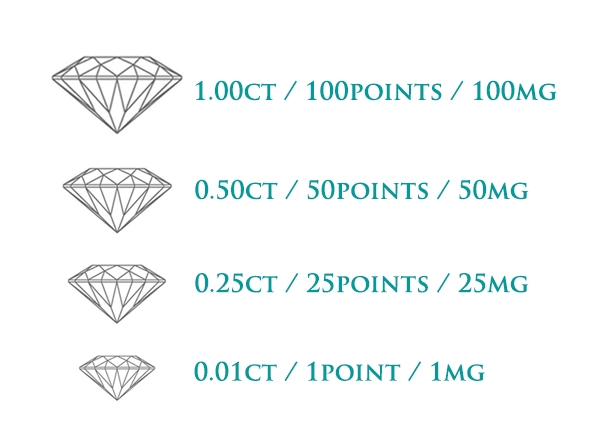
How Diamond Carat is measured
The carat system originates from early gem traders using the tiny, uniform seeds of the carob plant as a counterweight when measuring gemstones. Nowadays the system is much more precise, with the universal standard of 1 carat being set at 200 milligrams (approximately the same weight as a paperclip).
Measuring diamonds requires extreme precision due to the value of the stone, so traditionally 1 carat is divided into 100 ‘points’. A diamond of less than one whole carat may be described using only the points, for example 0.75 carat would be ‘75 points’. Once a diamond passes 1 whole carat, the weight is then usually expressed in carats and points, for example 1.08 carats would be ‘1 point zero 8’.
Carat or Karat?
- When you’re referring to diamonds, it’s always ‘carat’. Not to be confused with measuring the purity of gold in a piece of jewellery, that too is measured in carats/ct (UK) or karats/kt (US).
- Where gold carats have a standard scale of 9, 14, 18, 22 and 24 (lowest to highest purity), diamond carat weight needs to be much more precise, so it is expressed with a decimal.
- If you see a piece of jewellery made of gold and diamond, you’ll often find two ‘carat’ measurements, one for gold and one for diamond - for example; ‘18ct yellow gold 2.02ct Brilliant cut diamond solitaire ring’.
How Diamond Carat affects price
The higher the diamond’s carat weight, the rarer and more expensive it becomes. Fewer than 1/1,000,000 rough diamonds mined are large enough to produce a finished 1 carat diamond.
Because of this, the price of a 2 carat diamond isn’t always equal to the price of two single carat diamonds - the price actually increases exponentially with size and can instead cost 3 or 4 times more because; the larger the carat weight, the more rarely the diamond can be found in nature. We haven't included exact cost in our chart because of the huge range of influencing factors, but it will give you an idea of relative increase between carat sizes.
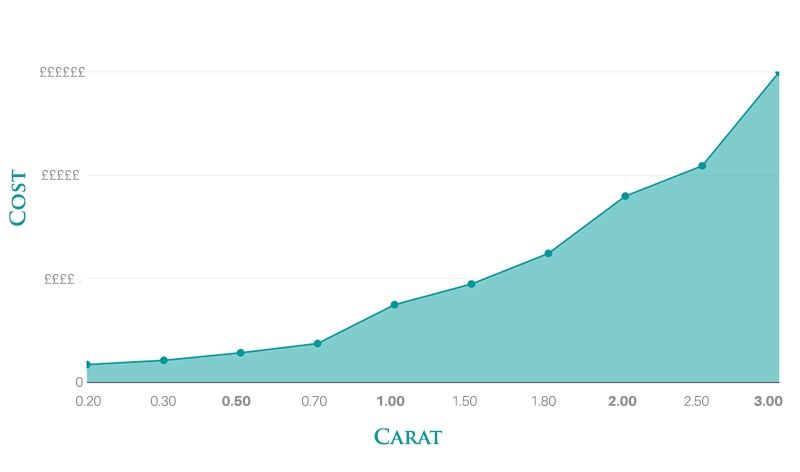
Expert Buying Tip:
Keep in mind the exponential increase in cost and considering a piece of jewellery with multiple stones - for example, when buying a ring with three 1ct stones, the price will be considerably less than a ring with just one 3 ct stone.
Why carat weight is not the same as size
Every diamond is unique, and a higher carat weight will not always mean that a diamond has a larger diameter. This is because carat weight can be distributed differently for every diamond that is cut.
For example, poorly cut diamonds such as a deep cut round brilliant diamonds may have a girdle that is very thick or a pavilion depth which is very deep meaning that when the diamond is set, the carat weight will be hidden below the setting (where you can’t see it!). In other words, carat doesn’t always mean a bigger diameter, it could mean a larger length. The way weight is distributed and affected by cut makes some 1ct diamonds look slightly smaller or larger in comparison to other 1ct diamonds:
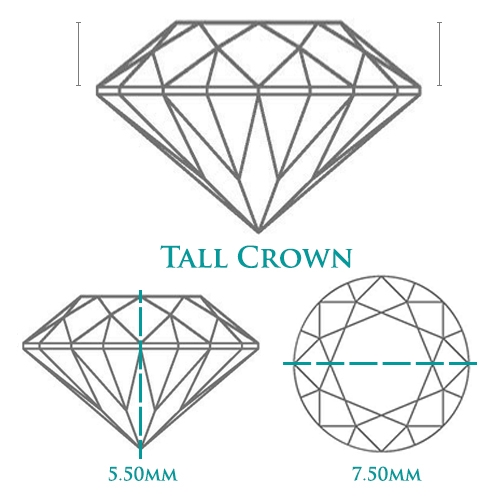
An elongated or tall crown height gives a similar problem to a deep cut diamond in that height isn't often noticed when looking at a diamond initially despite being more costly however, a tall crown will be seen above the setting.
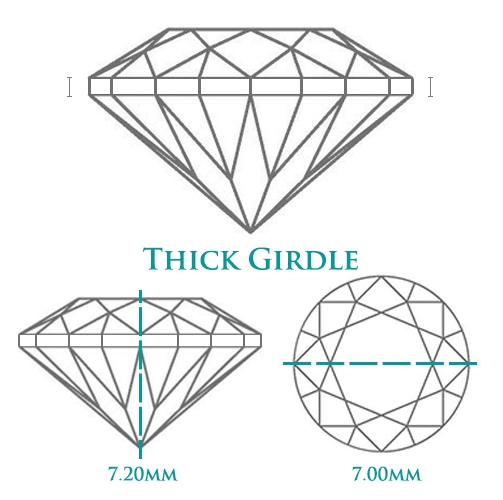
A thick girdle, similar to a tall crown, can be seen with the eye just above the setting of a diamond however, thick girdles can reduce sparkle and create dull or dark areas when looking into a diamond which you should bear in mind.
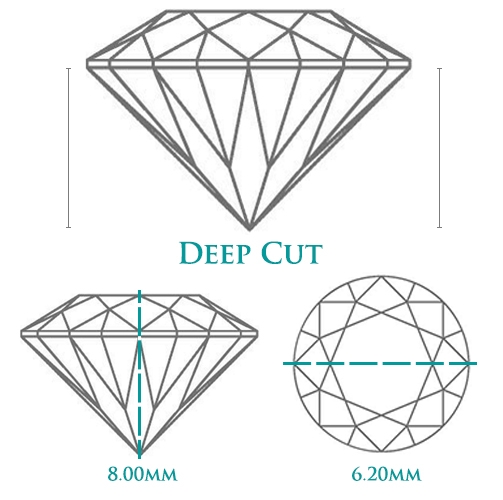
Deeper cut diamonds with a lot of pavilion height can be undesirable due to a large amount of the carat weight being hidden from view in the setting. Deeper cuts can also reflect light poorly and therefore have less sparkle.
Diamond size per carat
Bearing in mind how diamond cut can affect weight distribution, on average, an increase in overall size between carat weights is visible. Here’s a comparison of average sizes - remember every diamond is unique:
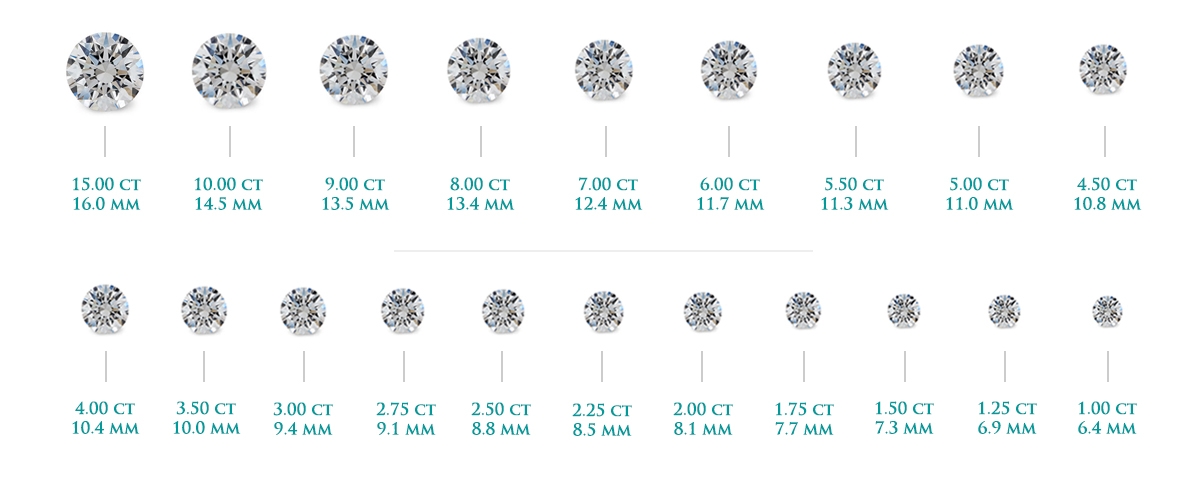
Expert Buying Tip:
A shallower pavilion and narrower girdle will save precious carat points, which in turn means you can afford a wider table and crown. Beware though, as too shallow a pavilion will mean the light is reflected at a shallower angle, and your diamond won’t have as much brilliance and fire.
Does size really matter?
We don’t think it necessarily does and we always caveat with a reminder to review all of the C’s when choosing. To show you why we don’t believe it is the biggest factor, we’ve placed two diamonds side by side:
- The diamond on the left is 1.00 carat, has a ‘good’ cut and measures in at 6.23mm x 6.26mm
- The diamond on the right is 0.93 carats has an ‘excellent cut’ and measures 6.23mm x 6.19mm
Surprisingly the diamond on the left is 10-15% more expensive than the diamond on the right even though they are near identical in size and the right hand diamond has a better quality cut (less dark areas and more sparkle). This is purely down to the extra 8 points contributing to a whole carat which makes it more expensive when actually the right hand diamond is a much better deal.
In an ideal world (and an unlimited budget) you’d select a diamond with the highest grade of all four ‘C’s. Realistically, you’ll have to decide which out of the four is the priority - what your recipient might value most. If they are concerned mostly with the size of diamond then carat weight is something that you should be most mindful of, but be picky with your diamond, it will get you a better deal!
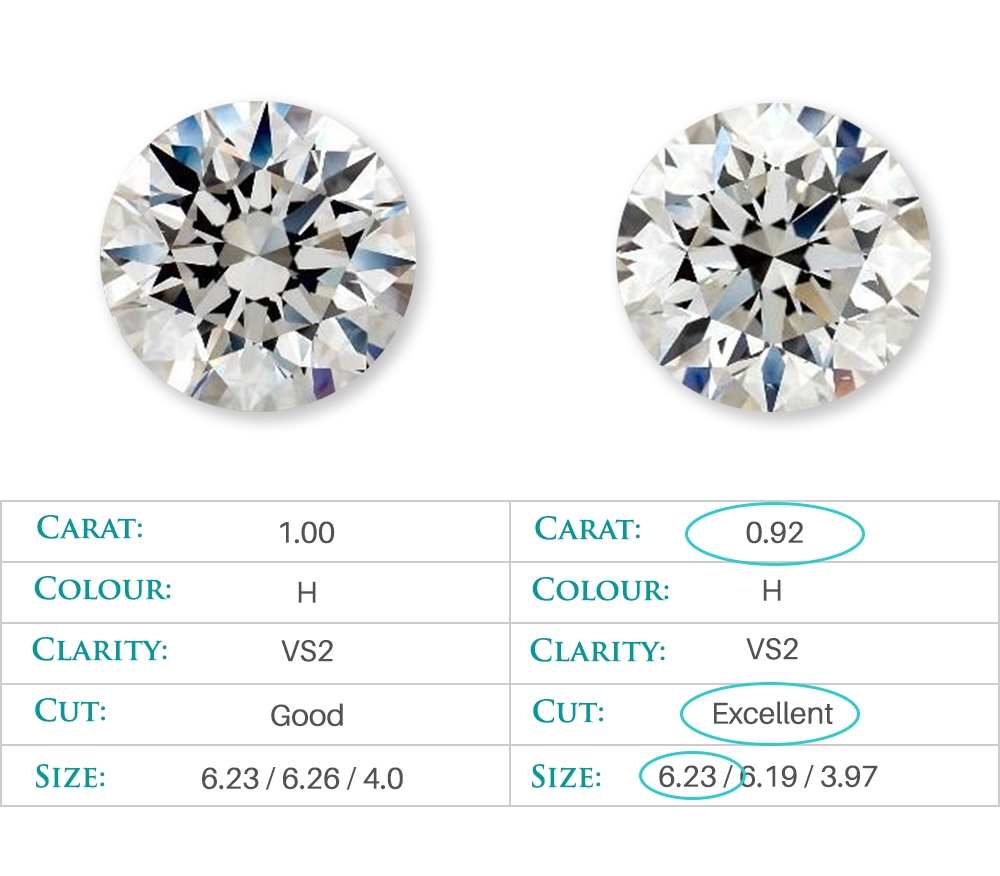
Our advice to get the best for your budget:
- Although carat weight is important as it influences the overall size of the stone (the thing you will first notice) don’t use your budget to buy the biggest carat. Doing this will take quality away from other ‘C’s’ like clarity, and cut which could leave you disappointed with the end result.
- Certain shapes give the illusion of a bigger stone - elongated shapes such as oval, emerald and pear will look larger than a round or square shape of the same carat weight.
- Although it might be appealing to buy a diamond of a whole or half carat (1.0ct, 2.5ct, etc.), it’s best to opt for a carat weight just ‘shy’ of these such as; 0.99ct or 2.48ct for example. Prices jump considerably moving from one whole carat number to the next up, but the human eye doesn’t see ‘weight’ it sees ‘size’ so the slight difference in weight will be almost indistinguishable and you’ll notice a considerable difference in the cost. These sizes are sometimes referred to as ‘magic sizes’.
- Consider the recipient as if they were another ‘C’. A 1ct stone will appear larger on long, slender fingers than the same weight on shorter, wider hand. If you think they are more towards the latter, and have their heart set on a single stone (solitaire setting), you may want to opt for a higher carat weight, and lower grade of cut or clarity.
- Ask your jeweller to help find a shallow pavilion to get the best diameter on the carat. However, it is worth noting that too shallow a pavilion will affect the sparkle (brilliance) of a diamond.
- To avoid the exponential increase in cost per carat, consider a multi-stone setting such as a ‘halo’ or ‘trio’ setting to get more sparkle and weight for a lower price.
Have A Question?
Contact us by phone at 0141 221 5855 or by email at [email protected]. We love our work and will be happy to help you with your query, we can also book a convenient time for a consultation to find the exactly what you need.
 Back to top
Back to top
 Back to top
Back to top
Opening Hours
Mon - Sat: 9:30am - 5:30pm
Sun: 11:00am - 5:00pm
Bank Holidays: 11:00am - 5:00pm
December 24th & 31st 10.30am -2.00pm
Closed: 25th/26th December
1st/2nd January
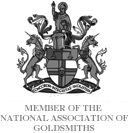
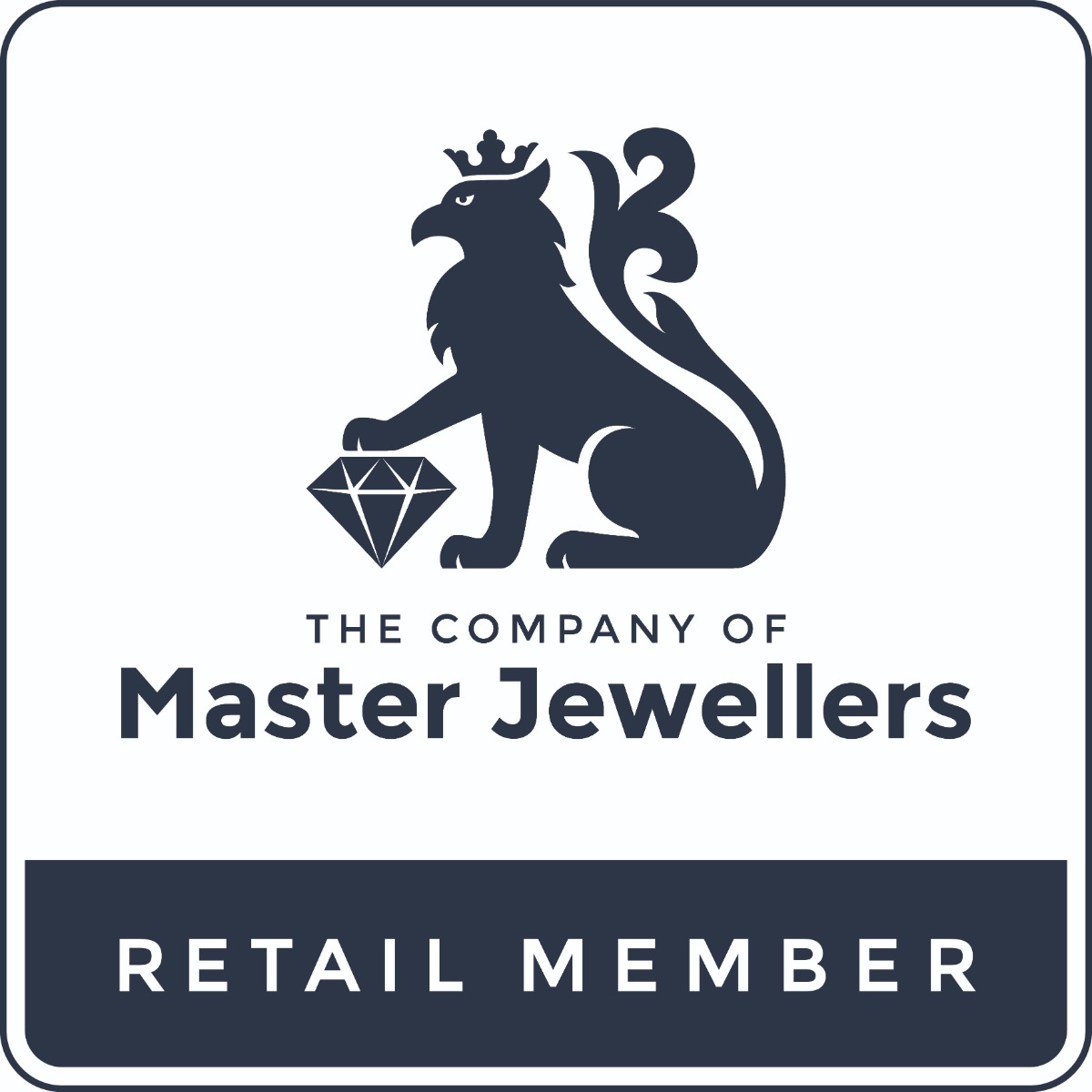
Panel Tool
-
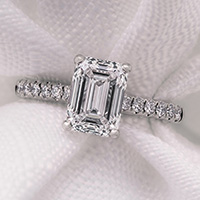
Engagement Rings
Explore our curated designs with the help from our expert team.
60 min
-
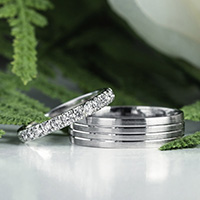
Wedding Rings
Find the perfect wedding rings for you and your partner.
60 min
-
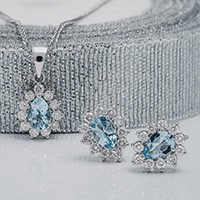
Luxury Jewellery and Gifts
Our team of dedicated experts will help you find the perfect piece of jewellery for any occasion.
60 min
-
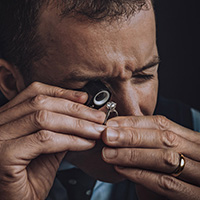
Bespoke Rings
With a dedicated team of experts, we will help you create the perfect one of a kind ring for any occasion.
60 min
-
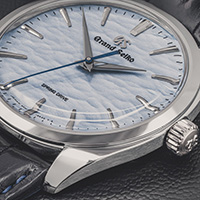
Watches
Explore and try on any watches you have had your eye on with help from our team of horological experts.
60 min
-
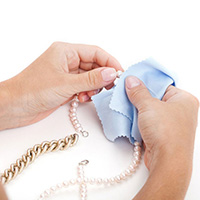
Ring & Jewellery Drop-off
Drop-off your rings or jewellery for cleaning, resizing, repairs and more
15 min
-
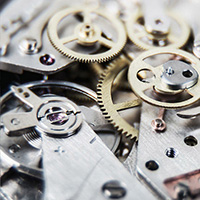
Watch Drop-off
Drop-off your watches for battery replacements, strap resizing, repairs and more.
15 min
Select time for date:
Booking Summary
Address:
Argyll Arcade
Glasgow
G2 8BG
0141 221 5855 (Option 2)
Mon-Sat 09:30 - 17:30
Sunday 11:00 - 17:00
 Basket
Basket
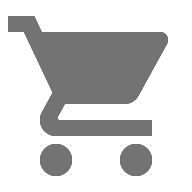




 0141 221 5855
0141 221 5855 Send us an email
Send us an email




 Secure payment methods
Secure payment methods

